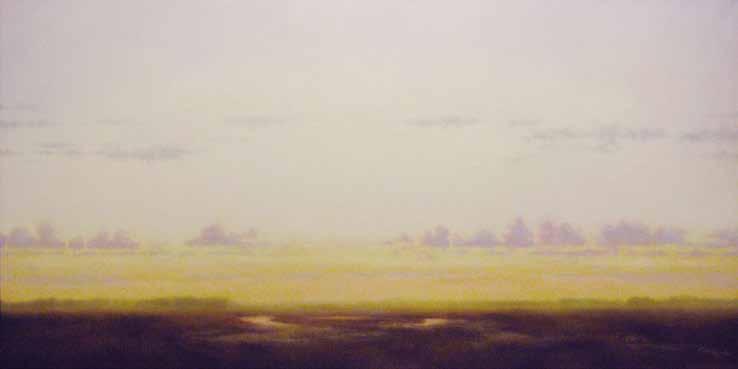[plain thinking]
PLACES THAT MATTER: HUMANITIES AND ECONOMIC DEVELOPMENT By Kip Bergstrom
These remarks were first presented on July 17, 2012, at a regional forum on the humanities and civic life organized by the American Academy of Arts and Sciences and the six New England state humanities councils. To hear the entire presentation, go to http://www.amacad.org/binaries/video/streamPlayer. aspx?i=249. The most important role of the humanities in economic development is in its contribution to the preservation and enrichment of what the National Trust calls “places that matter”—places that people care about. In the throes of a jobless recovery from the Great Recession, it is fashionable to think that economic development is all about jobs. It is not. It is at least equally about making great places. Or to put it another way, I believe that our most important work as a species is to create places that matter, and that economic development can contribute to that mission, or detract from it, depending on how it’s done. Too many places have sold their souls chasing economic growth, and are
36
now realizing how hard it can be to use some of their prosperity to buy back some of their soul. The first and most revolutionary thing we ever did as a species was what we now know to be 40,000 years ago, when our ancestors created the first public art, using their hands as stencils, blowing pigment onto the cave wall around them, showing through that first act that our brains are capable of symbolic, conceptual thinking, uniquely among all species. The whales and the dolphins have language, but only we have art and science, and the symbolic and conceptual thinking that makes it possible. And in an unbroken chain from that first cave painting to today, it is the same brain that made that first cave art which could conceive of, build a machine to detect, and then discover the Higgs boson particle. From primitive cave painting to a new understanding of the universe and its origins, there is one brain with its unique capacity for pattern recognition and conceptual thinking, one unified creative process that is the same for the best of










